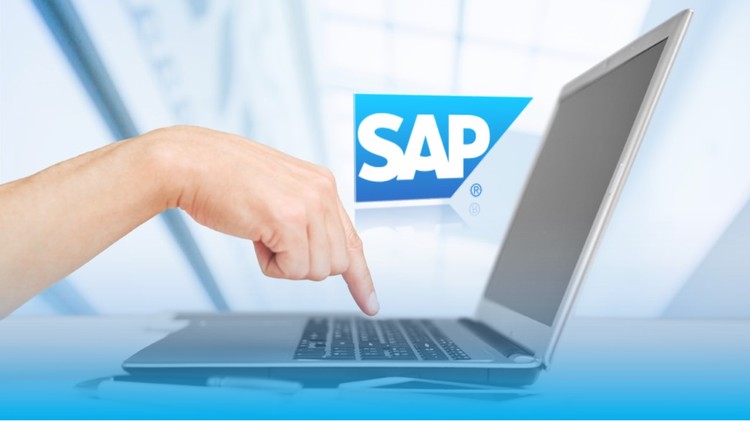News
SAP Unveils First-of-Its-Kind Pricing Model
New approach, developed in consultation with user groups, focuses on transparency

Driven by unprecedented collaboration with user groups, customers, partners and industry analysts, SAP announced a new sales, audit and pricing model for its Digital Access licensing policies commonly known as “Indirect Access.” The new approach makes it easier and more transparent for customers to use and pay for SAP software licenses. It also differentiates between Direct/Human and Indirect/Digital Access, while clarifying the rules of engagement for licensing, usage and compliance.
New Pricing Model
The new model – a first of its kind for the enterprise software industry – addresses challenges faced by some customers when it comes to pricing for Indirect/Digital Access.
- Historically, for most use cases, customers primarily had the option to pay for the SAP ERP application based on the number of users. As more systems began to access SAP software systems, this created a challenge for customers, who asked for an alternative pricing approach.
- Moving forward, SAP will differentiate between:
- Direct/Human access (existing) – which will be charged for by number of human users.
- Indirect/Digital Access – Access via third party, Internet of Things (IoT), bots and/or other digital access that can be licensed based on transactions/documents processed by the system itself (new).
- SAP’s new model pertains to the digital core – SAP S/4HANA and SAP S/4HANA Cloud – as well as the SAP ERP application.
- Existing customers can choose to remain on the current model or move to the new document-based pricing model – whichever best fits their SAP solutions and digital transformation initiatives.
- Conversion offerings are available to help customers who choose to move from current pricing to the new model.
Clear Separation of License Sales from Audit and Compliance
SAP also introduced new organizational changes that separate license sales departments and procedures from auditing departments and procedures.
- Customers and SAP have sometimes struggled to reconcile older commercial agreements with the requirements and outputs of modern digital activity levels. Combined with ongoing discussions regarding the procurement of new software, this can sometimes cause frustration.
- Moving forward, the organizational change will allow the two conversations to develop independently of one another, empowering customers and SAP customer-facing professionals to collaborate more freely.
- SAP plans to introduce features that will enable customers to measure their own usage and license consumption in a self-service manner.
Timeline and Additional Information
SAP began rollout of the new licensing, sales and audit policies in April 2018. SAP will continue to provide educational resources and tools for customers in the coming months to help them fully understand the new licensing approach and decide on the right model for them.
-

 Magazines1 month ago
Magazines1 month agoOER – September 2025 Issue
-

 News1 month ago
News1 month agoKitchenomiKs Secures Investment of US$3.2M Led by Jasoor Ventures
-

 Alamaliktistaad Magazines1 month ago
Alamaliktistaad Magazines1 month agoAlam Al Iktisaad – September 2025 Edition
-

 News2 months ago
News2 months agoCent Capital, AI Finance App by ex-AWS Strategist ‘The Beast of Bay Area,’ Launches to End Financial Anxiety, Hits $1M AUM
-

 News1 month ago
News1 month agoOman Inaugurates ‘Hadatha’ – Its All-New Cybersecurity Center
-

 Banking & Finance1 month ago
Banking & Finance1 month agoOman Arab Bank Highlights Its Ongoing Strategic Initiatives and Future Plans
-

 News1 month ago
News1 month agoIEA Expects Global Oil Market to Remain Oversupplied in 2026
-

 Energy1 month ago
Energy1 month agoWLGA Middle East LPG Summit & Expo 2025 to be held at OCEC on November 10 and 11































You must be logged in to post a comment Login